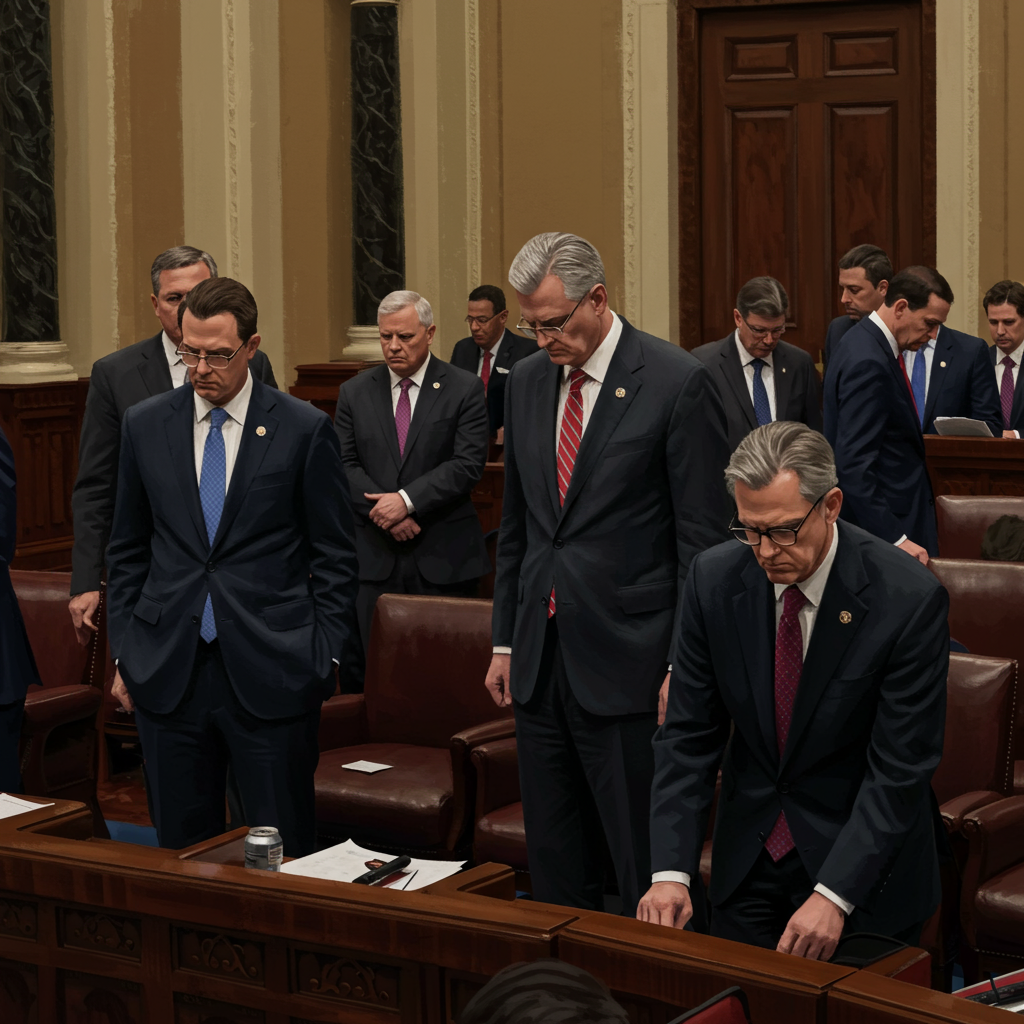NATO Allies Commit to Ambitious 5% GDP Defense Spending Goal
NATO allies are set to significantly increase their defense spending targets, moving towards a new goal of allocating 5% of their Gross Domestic Product (GDP) to defense and security. This ambitious shift, described by NATO Secretary General Mark Rutte as fueling a “quantum leap” in collective defense, is largely driven by the ongoing threat posed by Russia.
For over a decade, the official target for member states was 2% of GDP, a level many countries struggled to meet and only anticipate reaching this year after considerable pressure. The new commitment outlines 3.5% of GDP specifically for core defense capabilities, such as troops and military equipment, with an additional 1.5% dedicated to broader security-related investments.
Trump Calls Higher Spending a “Monumental Win”
Former President Donald Trump has lauded this increased commitment, calling it a “monumental win” not just for the United States but for “Western civilisation.” Speaking on the sidelines of the summit where the target was discussed, Trump stated the US had previously been paying an unfair share of the alliance’s costs.
He emphasized the importance of allies contributing more significantly to their own defense, suggesting the new target helps rectify this imbalance and strengthens the overall security of the West.
Context and Ukraine Support
Amidst these discussions on defense spending, NATO allies reaffirmed their unwavering commitment to providing enduring support to Ukraine. Financial and military contributions to Kyiv can count towards a member nation’s new defense spending targets.
During the summit, Trump held bilateral talks with Ukrainian President Zelensky, which the Ukrainian leader characterized as “substantive.” However, notably absent from the official communique was a specific condemnation of Russia, a detail reportedly linked to Trump’s stated hopes of negotiating a ceasefire with President Putin.


